5 Tips for Conducting a Digital Literacy Assesment
For many teachers, the challenge of integrating technology into their own teaching is one they are just starting to feel comfortable with, and now comes the next challenge of teaching digital literacy skills to their students. Here are some tips on how to assess digital literacy.

- 0 Comments
- May 14, 2020 10:00:00 AM
- Posted by Natalia Galvis
- Topics: Math, Robotics, EdTech, STEM, Robots,, students, STEMchat, Edchat, coronavirus, covid19, remote learning
STEM Activities & Robotics Classes for At-Home Learning
With a lot of people home from work and students learning remotely, I decided to put together an article with options for STEM activities and robotics projects for at-home learning.
Whether you’re bored and are looking for your next project or you have a course to finish and need a little help, this guide is designed as a one-stop-shop for all things robotics and STEM.
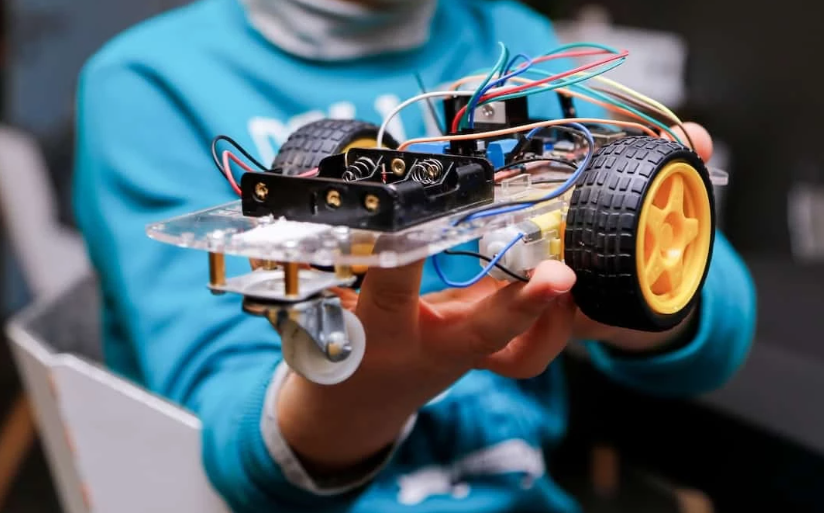
- 0 Comments
- May 13, 2020 10:00:00 AM
- Posted by Natalia Galvis
- Topics: Math, Robotics, EdTech, STEM, Robots,, students, STEMchat, Edchat, coronavirus, covid19, remote learning
Schools Are Opening Worldwide, Providing a Model for the U.S.
Children are returning to school in countries that are weeks—or months—ahead of the U.S. in battling COVID-19. Here’s how it’s happening.
 Image source: https://unsplash.com/
Image source: https://unsplash.com/
- 0 Comments
- May 12, 2020 10:00:00 AM
- Posted by Natalia Galvis
- Topics: Math, Robotics, EdTech, STEM, Robots,, students, STEMchat, Edchat, coronavirus, covid19, remote learning
Blocks, Rocks, and Robots: Nurturing Computational Thinking in Early Childhood
Computational thinking can be related to computers and computer science, as its name would suggest. But, more broadly, computational thinking is the ability to analyze and solve problems in a logical and organized way. Unsurprisingly, computational thinking is a higher priority in education today than it was 30 years ago. In our ever-evolving world, the leaders of tomorrow will be required to use computational thinking on a daily basis. Therefore, it’s incredibly important to train young children to develop these skills early on.
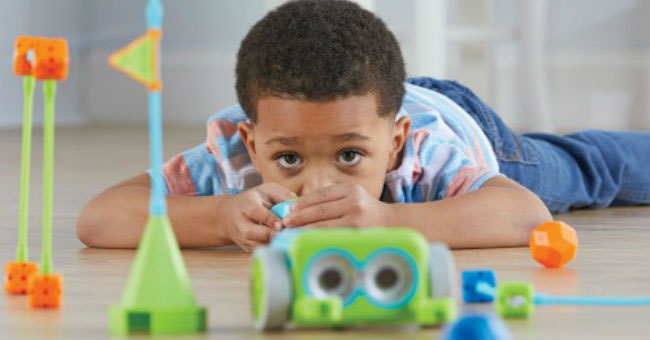
- 0 Comments
- May 11, 2020 10:00:00 AM
- Posted by Natalia Galvis
- Topics: Math, Robotics, EdTech, STEM, Robots,, students, STEMchat, Edchat, coronavirus, covid19, remote learning
Remote Learning: 6 Best Ways to Engage Your Students [from Teachers!]
Keeping students on task and excited about learning can take all your best classroom management strategies — even when you’re delivering instruction face-to-face.
With many schools closing their doors indefinitely, teachers across the country have had to adapt at light-speed and implement remote learning strategies. While remote learning isn’t a perfect substitute for in-class instruction, there are lots of ways to keep students engaged while they’re learning from home.
If you’re not sure where to start, we’ve put together a list of six best practices for online instruction to help you.
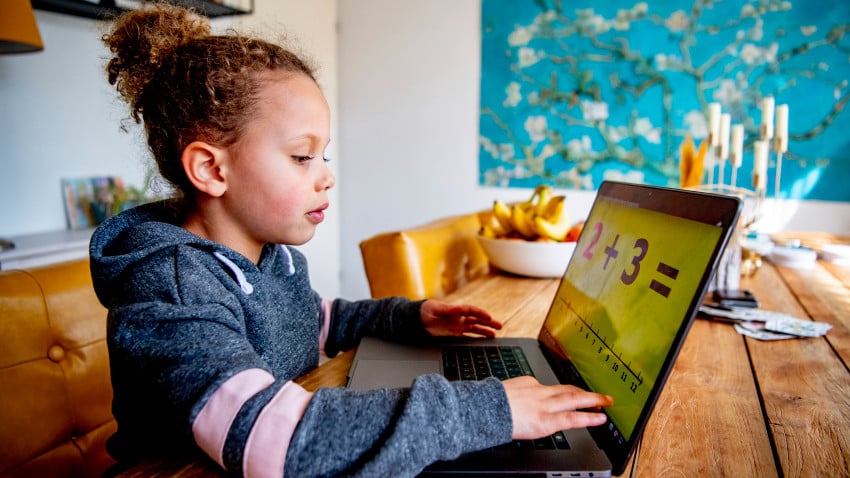
- 0 Comments
- May 8, 2020 10:00:00 AM
- Posted by Natalia Galvis
- Topics: Math, Robotics, EdTech, STEM, Robots,, students, STEMchat, Edchat, coronavirus, covid19, remote learning
A Teacher Appreciation Week for the Ages
When schools abruptly closed due to Covid-19, teachers figured out how to make remote learning work. This week, as the nation expresses its gratitude, Edutopia recap the emotional journey with a video! Now more than ever during this though times we want to say THANK YOU TEACHERS!
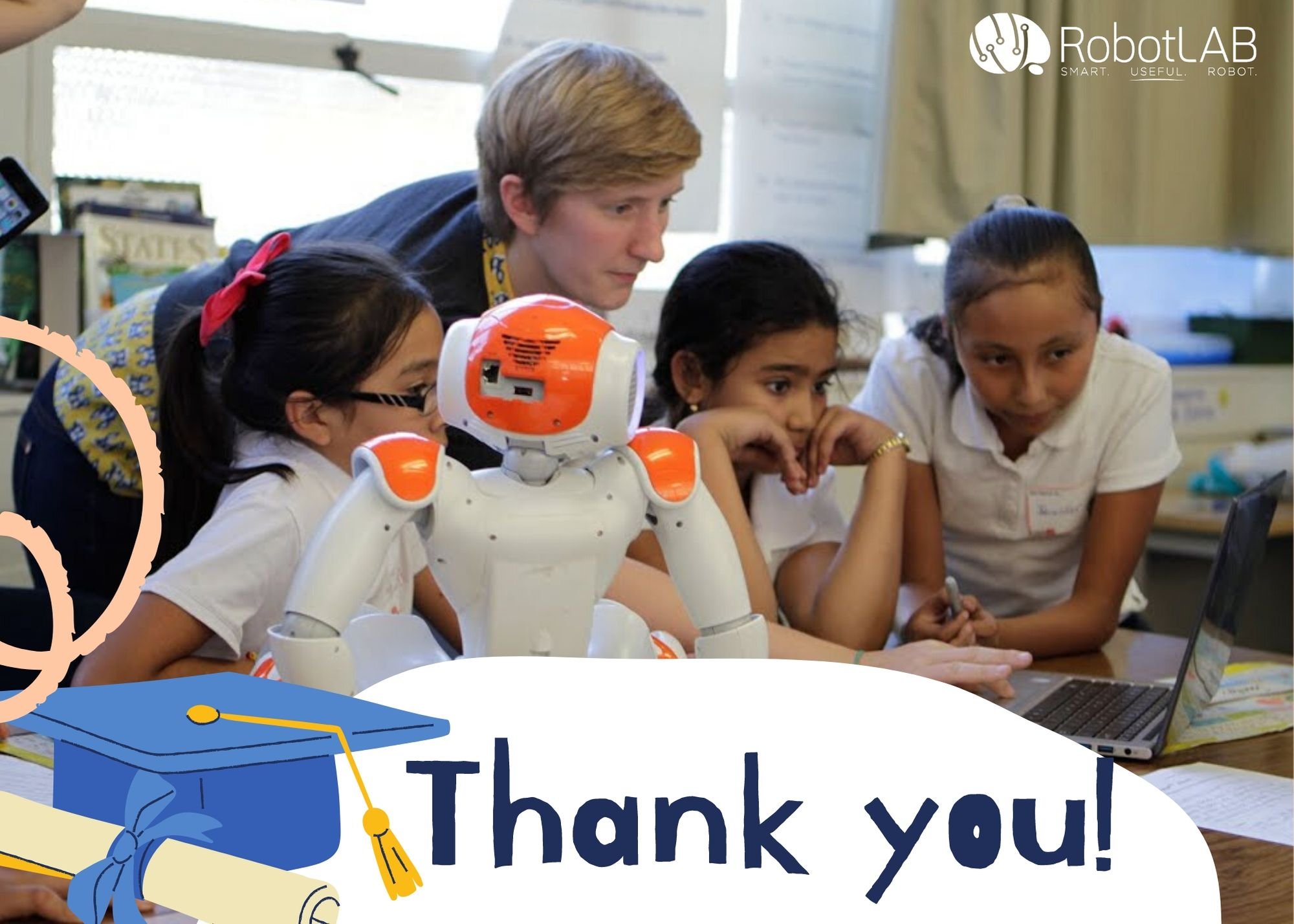
Check the video and enjoy the emotional and powerful journey of teachers during remote learning!
- 0 Comments
- May 7, 2020 10:00:00 AM
- Posted by Natalia Galvis
- Topics: Math, Robotics, EdTech, STEM, Robots,, students, STEMchat, Mathematics, Edchat, coronavirus, covid19
Robots can Play a Major Role in COVID-19 Battle
Robots can significantly help in the fight against the coronavirus disease (COVID-19) that is spreading across the globe. As the number of cases tops one million, and the death toll reaching 53,000, scientists race to develop a drug or vaccine for the infectious disease. Now, robots are playing a major role in this fight, improving the health and safety of individuals and patients.
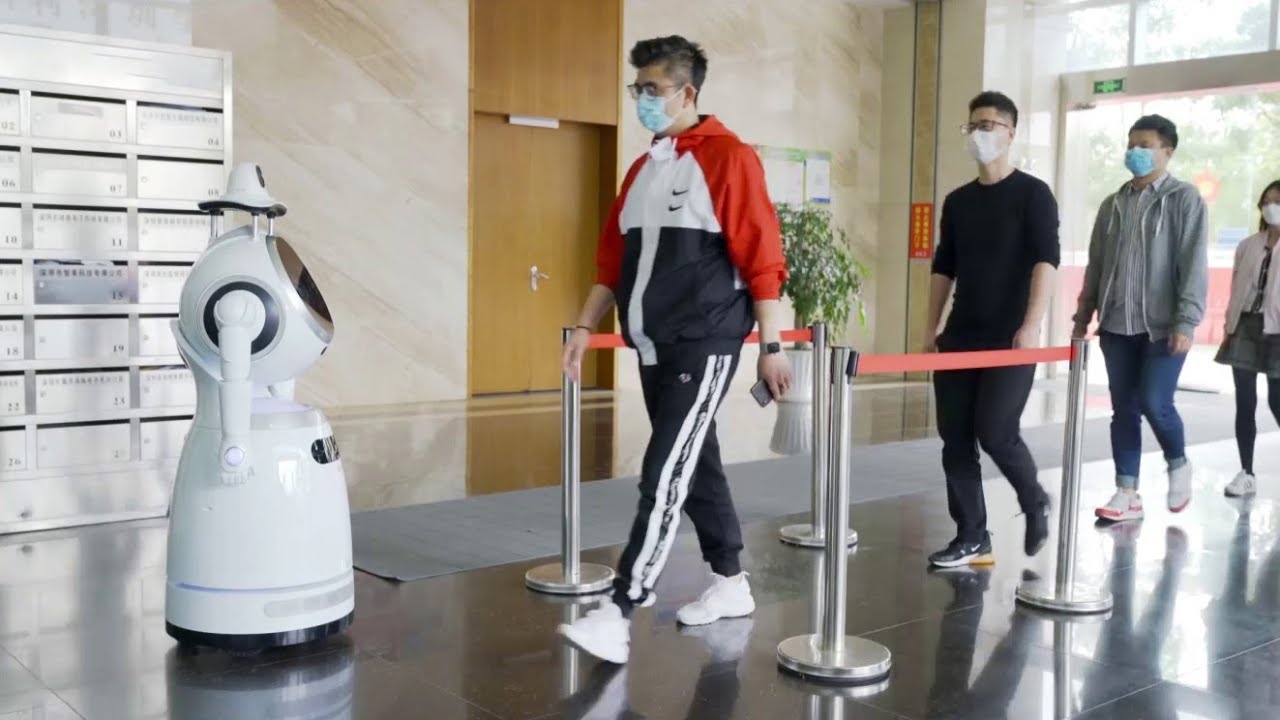
- 0 Comments
- May 6, 2020 10:00:00 AM
- Posted by Natalia Galvis
- Topics: Math, Robotics, EdTech, STEM, Robots,, students, STEMchat, Mathematics, Edchat, coronavirus, covid19
How to Connect Early Geometry to The Real World
Applying early geometry and spatial reasoning skills in the real world is critical in the development of general mathematics skills.

- 0 Comments
- May 5, 2020 10:00:00 AM
- Posted by Natalia Galvis
- Topics: Math, Robotics, EdTech, STEM, Robots,, students, STEMchat, Mathematics, Edchat, coronavirus, covid19
7 Tips for Managing Distance Learning in Preschool
A preschool education director shares what her school is doing to keep kids’ screen time to a minimum while fostering play-based learning at home.

- 0 Comments
- May 4, 2020 10:00:00 AM
- Posted by Natalia Galvis
- Topics: Math, Robotics, EdTech, STEM, Robots,, students, STEMchat, Mathematics, Edchat, coronavirus, covid19
4 Tips to Deliver Distance Learning Effectively and Efficiently
An instructional technology specialist outlines the key principles guiding his district’s distance learning efforts in the middle of the global COVID-19 pandemic

- 0 Comments
- Apr 30, 2020 10:00:00 AM
- Posted by Natalia Galvis
- Topics: Math, Robotics, EdTech, STEM, Robots,, students, STEMchat, Mathematics, Edchat, coronavirus, covid19
Relevant Posts
Popular Posts
Subscribe to Email Updates
-
I Want To Learn MoreADDITIONAL INFORMATION


